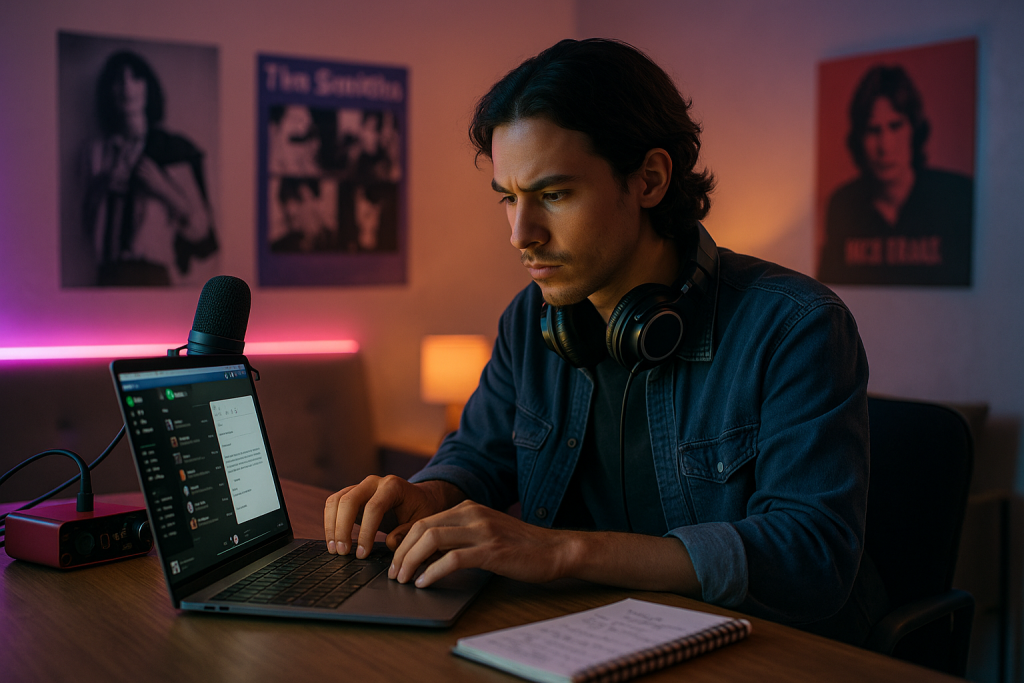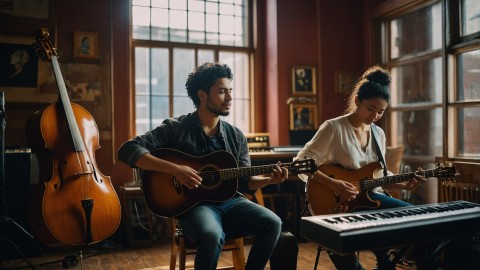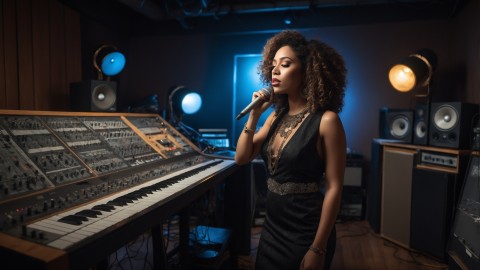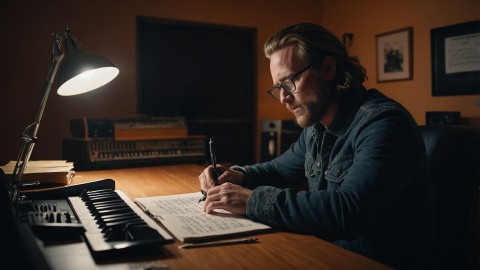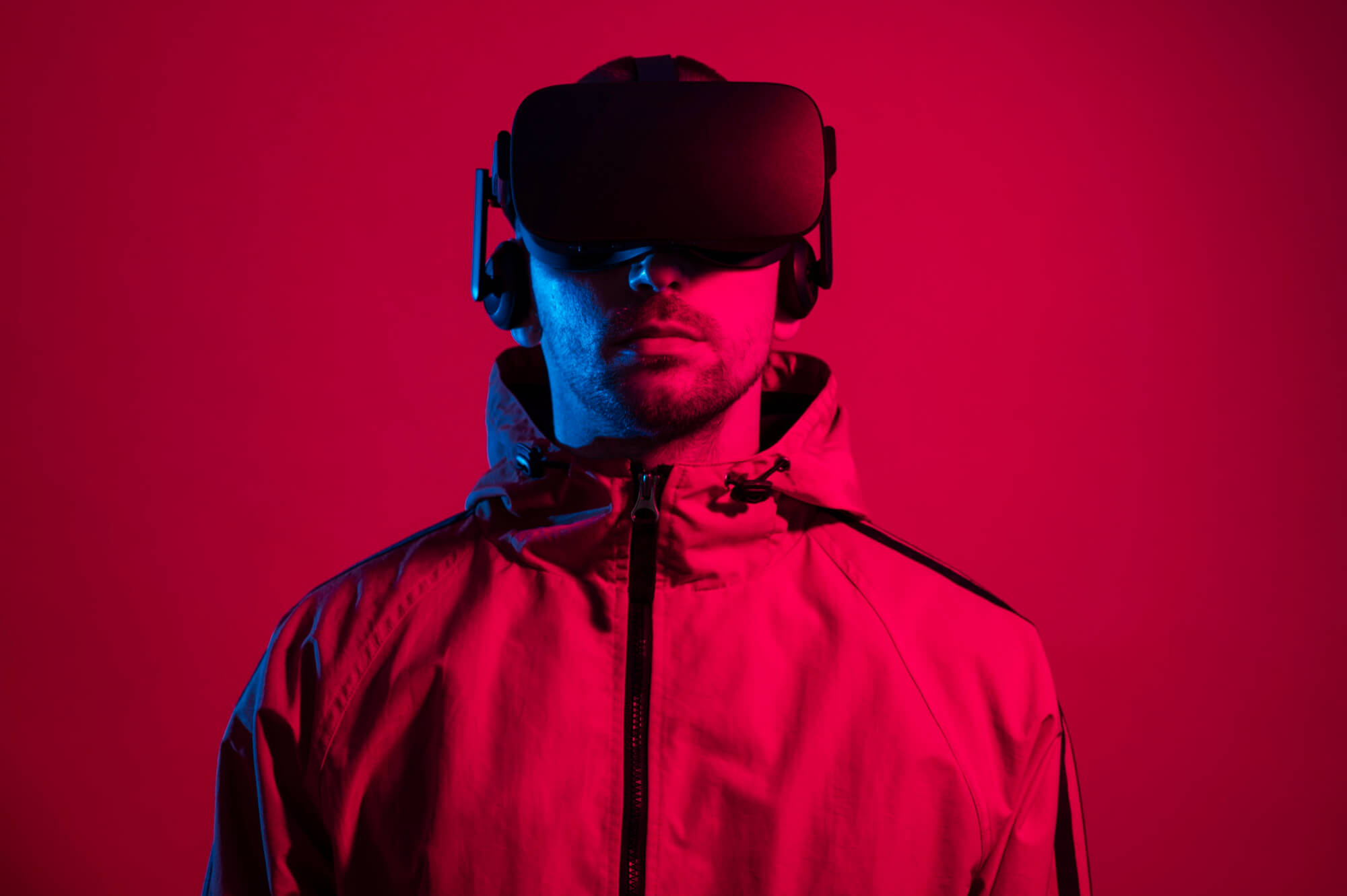One of the biggest challenges for independent artists isn’t just making great music — it’s getting people to hear it. In a world where 100,000+ tracks are uploaded to streaming platforms every day, how do you cut through the noise?
Answer: Playlists.
Whether it’s Spotify editorial, Apple Music curators, algorithmic placements, or user-made playlists, getting your song on the right playlist can mean the difference between 50 plays… and 50,000.
But playlist placement isn’t magic. It’s not luck. It’s strategy.
In this guide, we’ll walk you through the exact steps to pitch your music effectively — whether you’re just starting out or ready to scale your streams without selling your soul to a major label.
🎯 Why Playlists Matter for Indie Artists
Before we jump into the how, let’s quickly recap the why:
- 📈 Exposure – Playlist inclusion can introduce your music to thousands (or millions) of new listeners who never would’ve found you otherwise.
- 🧠 Algorithm Boost – When your song gets playlisted and performs well, it sends positive signals to Spotify and other platforms, increasing your chances of being pushed by the algorithm.
- 🧾 Social Proof – “As seen on Spotify’s Fresh Finds” has a ring to it. Playlist placements add credibility when you’re pitching to blogs, venues, or brands.
- 💸 Royalties – More streams = more revenue, especially when paired with direct fan engagement.
🧠 Understand the 3 Types of Playlists
Not all playlists are created equal. You need to understand the three types of playlists so you can pitch with precision:
1. 🎧 Editorial Playlists
Created by Spotify, Apple Music, Amazon, Tidal, etc. — think: Rap Caviar, Fresh Finds, New Music Friday, Chill R&B. These are run by in-house curators.
✅ Pros: Massive exposure, credibility, algorithmic momentum
⚠️ Cons: Harder to get in without strategy or buzz
2. 🧠 Algorithmic Playlists
Generated by streaming platforms based on user behavior, such as:
- Release Radar
- Discover Weekly
- Radio/Autoplay
- Your Mixes
✅ Pros: Personalized to each user; driven by your song’s performance
⚠️ Cons: No curator to pitch to; must trigger them through activity
3. 👤 User-Curated Playlists
Created by individual users, influencers, brands, bloggers, DJs, or playlisting platforms. These are highly pitchable and often more accessible.
✅ Pros: More responsive to indie artists, many niche audiences
⚠️ Cons: Smaller reach, but adds up over time
⏱️ When to Start Pitching
Timing is everything.
🎯 Pitch your music at least 2–3 weeks before release.
Here’s why:
- Platforms like Spotify require at least 7 days before release to submit to editorial playlists.
- Curators need time to listen, curate, and schedule updates.
- Early pitching allows you to build a buzz before launch day, which helps algorithmic performance on Day 1.
If you’re pitching post-release, you’ll be focused more on user playlists and influencer-style reach. Still valuable — just a different approach.
📝 How to Pitch to Spotify Editorial (Step-by-Step)
Spotify for Artists lets you pitch unreleased tracks directly to their editorial team.
Here’s how to do it right:
- Distribute your song early via DistroKid, TuneCore, or UnitedMasters — at least 3 weeks before the drop.
- Log into Spotify for Artists.
- Go to the “Music” tab > Upcoming > Click your unreleased song.
- Fill out all fields:
- Genre
- Subgenres
- Moods
- Culture & instruments
- Song story or theme (this is HUGE — see next step)
🎯 Pro Tip: Write a Killer Pitch
Your written pitch should answer:
- What inspired this song?
- What is the song about?
- How does it stand out?
- Are there any notable collaborators or storylines behind it?
📌 Example:
“This track is about overcoming fear and reclaiming self-worth. It blends melodic trap drums with soulful harmonies. I wrote it after losing someone close to me, and it’s already connected with early fans on IG. It’s a follow-up to my single that hit 10k streams independently in 3 weeks.”
💡 Where to Find User-Curated Playlists
This is where most indie artists miss opportunities. There are thousands of user playlists with loyal audiences who want new music.
🔍 Here’s how to find them:
- Spotify Search:
Search keywords like “underground R&B,” “indie hip-hop gems,” or “unsigned fire” — look for playlists with:- 500–50K followers
- Consistent updates
- Contact info in the bio
- Chartmetric (Free Plan)
Use chartmetric.com to see what playlists similar artists are on. - Reddit + Discord
Join communities like:- r/ThisIsOurMusic
- r/IndieHeads
- Indie artist Discords with sharing threads
- PlaylistSupply (Paid, but powerful)
Helps automate playlist discovery + contact info collection
📤 How to Craft a Playlist Pitch Email/DM
Keep it short, respectful, and valuable.
📬 Sample Pitch Template:
Subject: Song Submission – [Your Track Name]
Hey [Curator Name],
I found your playlist “[Playlist Name]” and love the vibe — especially [specific song or artist you like].
I’m an independent artist releasing a new track that I think fits the mood. Here’s the link: [Spotify or private SoundCloud]
It’s a [genre/mood] track about [theme]. If it resonates with you, I’d love to be considered for the playlist.
Thanks for the time,
[Your Name + IG Handle]
🛑 Do NOT:
- Mass spam 100 playlists with no personalization
- Beg or guilt-trip
- Send attachments or low-quality links
📈 What to Do After You Get Playlisted
Congrats! You got added. Now the real work begins.
Boost the momentum:
- Share the playlist in your stories and tag the curator
- Add the link to your bio and press kit
- Thank the curator publicly (they’ll remember)
- Push your fans to stream from that playlist (helps it stay active)
💡 If the song performs well, it increases your chances of triggering algorithmic playlists next.
🚀 Tools That Can Help (Free or Freemium)
| Tool | Use |
|---|---|
| Spotify for Artists | Editorial pitching & stats |
| SubmitHub | User playlist & blog submissions |
| Soundplate | Free user playlist directory |
| Daily Playlists | Free submissions to curators |
| Groover | Paid access to blogs + curators |
| IndieMono | Curated playlists for indie artists |
🎤 Final Thoughts: Pitching Isn’t Begging — It’s Positioning
Here’s the mindset shift:
Playlist pitching isn’t you asking for a favor. It’s you offering value to a curator who needs new music that fits their brand.
Be polite, be professional, and most importantly — be consistent.
Getting on one playlist won’t make your career. But 10 solid placements over 6 months, paired with fan engagement, content, and performance? That’s how you build real momentum.
Stay patient. Stay persistent.
And keep pitching like the artist you know you are.



